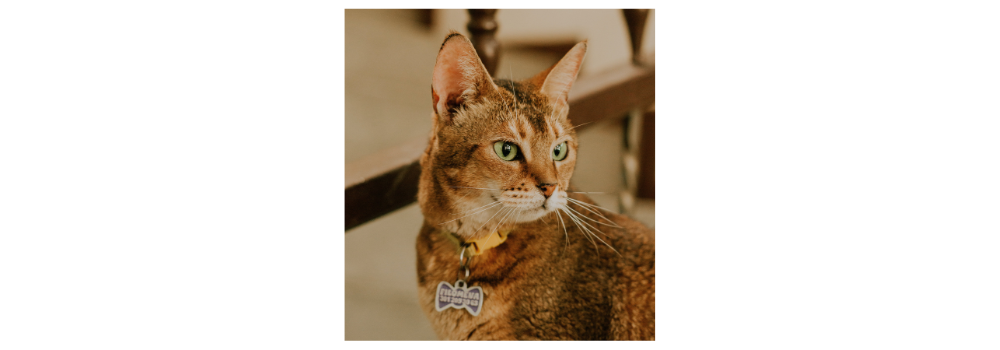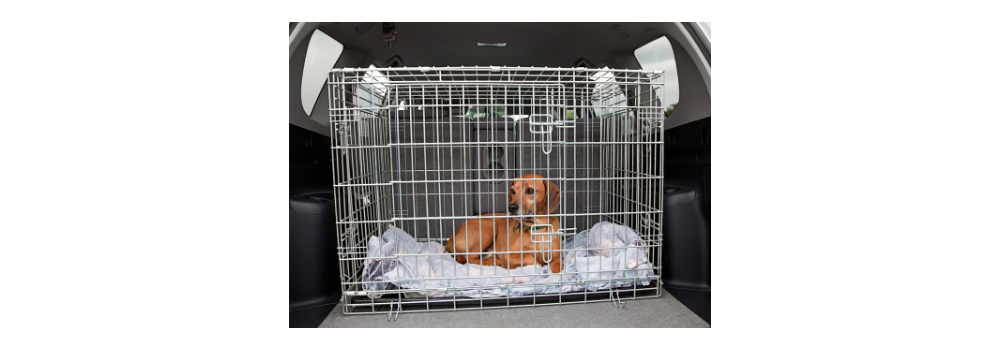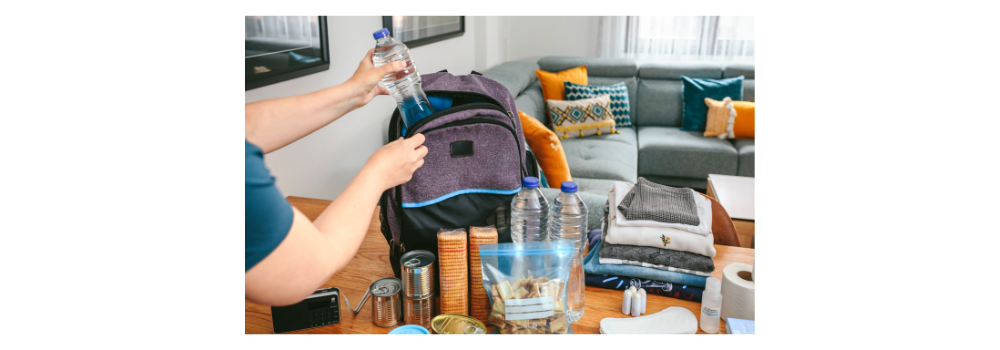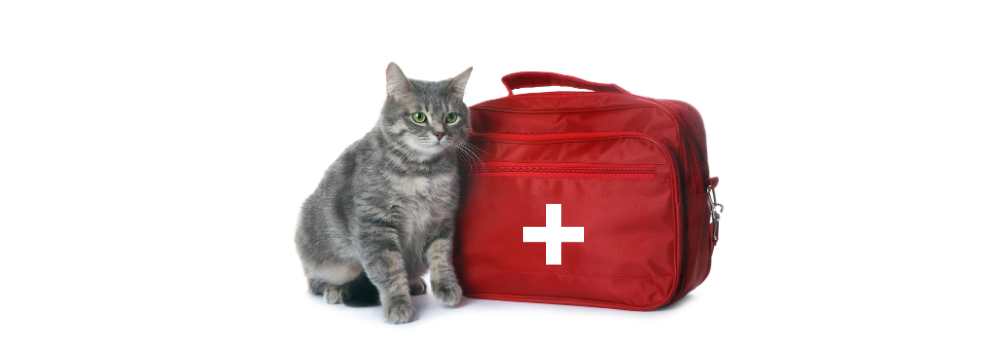
I still remember what a huge adjustment it was to move from the Animal Medical Center in New York City to a hospital in the San Fernando Valley of Los Angeles. It was perplexing to me how traffic would stop when pedestrians entered the crosswalk on Wilshire Boulevard (compared to New York, where I definitely would not recommend this), experiencing the busiest freeways in the world, my first earthquake being the Northridge one, and fire season, just to name a few.
I moved here in August of 1993 and joined a busy 24-hour practice in Granada Hills. Disaster planning was the last thing on my mind. What are the odds that I would be on emergency duty the night of the Northridge quake (practically on the epicenter), never having felt the solid earth move in my life? Fortunately, at that stage in my young career, natural disasters were not something I was prepared for.
It was a pretty uneventful evening in the animal emergency room. I had just seen my last patient and was sitting at the desk in the doctor’s office, dozing off. My half-dreams were interrupted by a train running into the building. I remember thinking, where is the train, and how did it run into the building?
There wasn’t a lot to think about as I instinctively rolled onto the floor and wedged myself next to the desk as the lights went out and the shaking continued. I was paralyzed with fear and could not find my glasses. I felt the ground moving like a wayward ship on the ocean, with plumes of flames shooting up from gas stations blowing up all around.

I remember vividly my first patient after the quake. I don’t remember his name, but he was a little Yorkshire terrier who had cut his feet on glass and was limping after something had fallen on him. There were no broken bones, and the bleeding was easily stopped.
There were so many injuries from broken glass. Many suffered severe lacerations and required blood transfusions after having tried to jump through plate glass windows out of sheer terror. Many suffered severe injuries from having furniture fall on them.
Surprisingly, all the lacerations I sutured after a quick cleaning healed nicely. Other animals were not so lucky. Many had escaped into the streets through broken windows and fallen block walls, and lost animals had been hit by cars in the chaos after the quake.
Emergency Plan for Pets

Proper identification in the form of a collar with name, address, and emergency contact can be critically important to get a lost pet back to their family. Permanent identification in the form of a microchip pets to ensure they get home safely if they end up in a shelter or an emergency room with injuries.
I remember worrying about my little kitty Madeline. Was she safe at home in the little guest house I was renting in Reseda? Did something fall on her too? I could only pray, and there was no time to act as the animals with injuries just kept coming.
I was finally able to return home later in the day, driving by collapsed apartment buildings and the Northridge parking structure that had bent like a flimsy toy. My thoughts were racing, wondering if she was okay. “Please be there. Please be okay.” I opened the door, and there she was, untouched and okay — right in the middle of all the furniture that fell forward into the little space I called home.
Planning ahead is the key to keeping yourself and your pets safe if disaster strikes
Fortunately, I had plenty of food and some water for the two of us. Other than that, I was not prepared. After experiencing that earthquake, and so many fires in California, we are constantly reminded to be ready with disaster preparedness plans.
When preparing for disasters, we look at the world from the level of our pets. If an earthquake caused our furniture to topple, would our pets and family be safe? One very important thing we can do easily is to secure bookshelves and heavy furniture. This can save those close to the floor from severe injury.

If you evacuate, take your pet
Dogs that sleep in crates would be safe from furniture falling on them and would not be harmed by broken glass. Pets need to learn to feel safe and relaxed in a crate. If we had a catastrophic quake, shelters would not likely admit our pets. A crate and some shade would provide safe, temporary shelter for them. Secure carriers are great for keeping your pet safe and are an overlooked part of disaster planning.
I have collapsible crates in the garage that will fit my small dogs and cats. A light pillowcase is a nice temporary place to keep frightened cats and smaller pets if you run out of a building. It's important to have a method to transport pets safely.
Following are some pointers to prepare an adequate earthquake kit for pets in addition to what you prepare for yourself. Have enough food and water for each pet for three days — preferably a week.

Disaster preparedness: food and water
- 3-7 days' worth of food in a waterproof container and water (rotate these to ensure they are not expired and you have fresh water)
- Hand-operated can opener for canned food or pop-top canned food
- Collapsible feeding dish and water bowl

Create an emergency kit for your pet's medications and critical medical records stored on your phone and paper copies
Make sure you have a one and preferably two-week supply of critical medications. Ask your veterinarian what to include if you are unsure. Many pets can go without medications for several days without ill effects, but it is best to be prepared and refresh supplies yearly.
- Two-week supply of medicine
- Vaccination records, pertinent medical records, and veterinary care are stored on your phone
- A photo of your pet in case it escapes during an earthquake for posting online or at a local animal shelters
- Small litter box and litter or newspaper to tear up for litter, litter scoop
- A few of their favorite toys
Make a disaster kit for pets with emergency supplies and a pet first aid kit
- Antibiotic ointment
- Bandage tape and scissors
- Cotton bandage rolls
- Newspaper to roll up and make a splint
- Isopropyl alcohol/alcohol prep pads
- Latex gloves
- Saline solution
- Paper towels
- Towels, washcloths, blankets
- Soap
- Tweezers

Follow these tips to make an emergency plan for your pets
You will also need supplies for the critical time following natural disasters. Remember to use care when approaching an injured pet, as it may bite. Consider a muzzle or makeshift muzzle to move an injured animal. Or bundle them up in a blanket or sheet with great care.
For pets that are not wearing collars, you may want to have them with sturdy leashes along with your first aid kit.
As pet owners, we must commit to gathering the necessary items for our disaster kit in advance. Keep these in a safe place that the family and neighbors would be able to access quickly in case of emergencies.
A family emergency kit and pet first aid kit are something that will be useful in many circumstances. So, don't wait for these emergency situations to happen.










